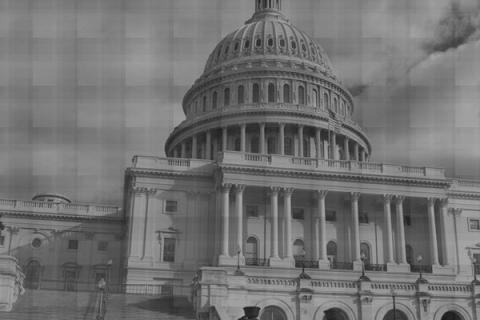Ballot Access News posted a rebuttal to a claim made by supporters of the upcoming Top Two Open Primary ballot initiative. CAIVN has reprinted the press release, dated January 27, for readers:
Defenders of the California “top-two open primary” frequently say that their idea would help minor parties. To bolster this argument, they frequently assert that if “top-two” were in effect, Greens would be likely to place first or second in San Francisco in the first round of a “top-two” election for partisan office.
This idea can be tested. In 1998 and 2000, California used a blanket primary, in which all candidates from all parties ran on a single primary ballot. Then, the top vote-getter from each party qualified for the November ballot. Although this was not the same as “top-two”, the primary ballot for each system is the same. Also, in 2003, California held a special gubernatorial election, at which all candidates appeared on the same ballot (there was no 2nd round in the 2003 special election).
In 1998, inside San Francisco, the vote for Governor in the first round was: Gray Davis, Democrat, 83,565 votes; Jane Harman, Democrat, 40,004 votes; Dan Lungren, Republican, 21,879 votes; Al Checchi, Democrat, 15,027 votes; Dan Hamburg, Green, 10,347 votes. Hamburg was an excellent gubernatorial candidate for the Green Party. He was a former Congressman with an unblemished record for honesty and plain-speaking. He was the only Green Party member running for Governor. But, in the blanket primary within San Francisco, he placed fifth. In order to have placed second, his vote would have needed to be almost four times greater than it was.
In 2000, inside San Francisco, the vote for president in the blanket primary was: Al Gore, Democrat, 96,271; Bill Bradley, Democrat, 36,727; John McCain, Republican, 29,741; George W. Bush, Republican, 19,885; Ralph Nader, Green, 13,127. Even though Nader was at the peak of his popularity with voters in 2000, he only placed fifth inside San Francisco. In order to come in second, he would have needed to almost triple his primary vote.
Also in 2000, in San Francisco, for U.S. Senate, the vote in the blanket primary was: Dianne Feinstein, Democrat, 143,244; Tom Campbell, Republican, 22,283; Medea Benjamin, Green 13,937. Benjamin was very well-known for her activism in peace and feminist groups, and although she did place third, she was far from placing second.
In 2003, for Governor, inside San Francisco, the vote was: Cruz Bustamente, Democrat, 149,237; Arnold Schwarzenegger, Republican, 44,665; Peter Camejo, Green, 14,950. Camejo had been invited into all the televised gubernatorial debates that year. He was very well-known because of his impressive showing in the 2002 gubernatorial race, when he had polled 5.3% in the general election. He had a well-funded campaign in 2003. But, he only placed third in the 2003 election within San Francisco, and he would have needed to triple his vote to place second.
One could say that these are statewide races, and that Greens in San Francisco would have a better chance of placing first or second in the first round in a U.S. House race, or a state legislative race. Unfortunately, Greens did not run any members for those offices in San Francisco in 1998, nor in 2000.
People who have not looked at these figures sometimes imagine Greens would polll first or second in a blanket primary in San Francisco, because they observe that Green Party members have been elected to city office in San Francisco. But city elections in San Francisco, and everywhere in California, are non-partisan. Party labels are not printed on the ballot, nor is party affiliation mentioned in the Voters Handbook for city elections. Voters behave differently in the absence of party labels.
